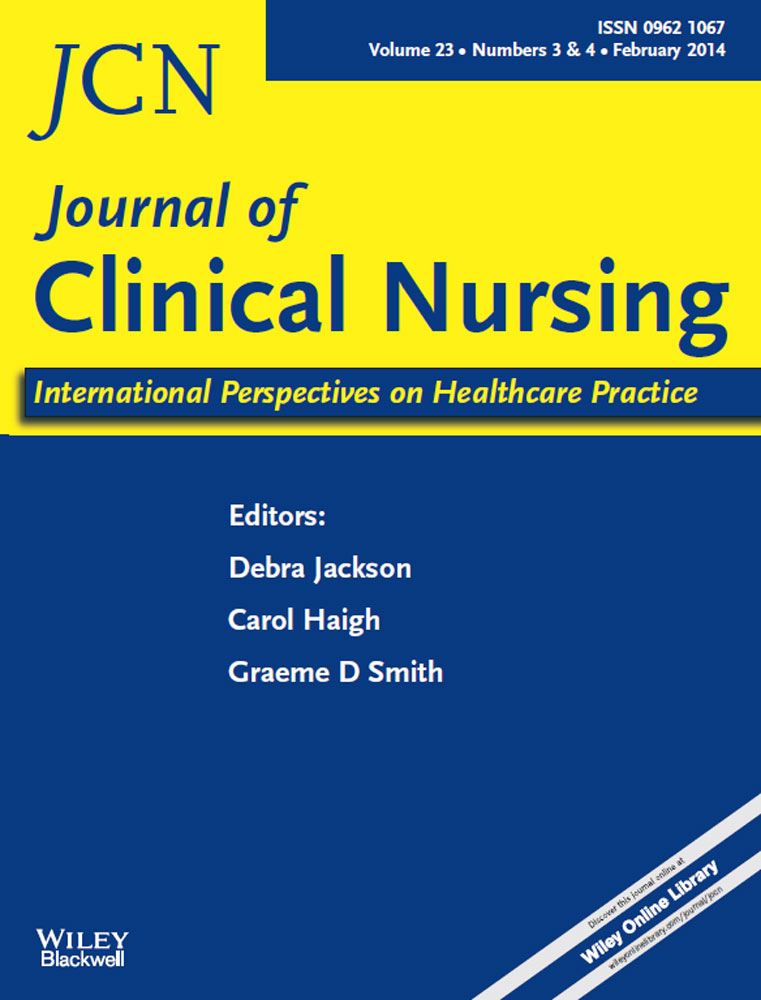Reliability and internal consistency of questionnaire for evaluating weight cycling in Southern Brazil
Abstract
Aims and objectives
To determine the reliability and internal consistency of a questionnaire that was designed to assess weight cycling.
Background
A large part of the obese population attempt to lose weight. Of those who had lost at least 10% of their initial weight, 33·5% regained weight. This weight loss and regain is termed ‘weight cycling’. So far, no available validated instruments exist that are capable of identifying these patients.
Design
A quantitative study for the validation of a questionnaire.
Methods
The selected patients received a phone call from the researchers. On that occasion, they answered a questionnaire that contained eight questions about their current weight, their weight at 18 years of age and their history of weight cycling over the past two years. Approximately 20 days after the first phone call, the patients were re-contacted and asked to respond again to the proposed questionnaire. The internal consistency and reliability were examined through a kappa index and a chi-squared test. The questions that showed evidence of reliability and consistency composed the final questionnaire.
Results
The final questionnaire consisted of six questions. An analysis of the test–retest kappa coefficient was moderate or greater for four of the six objective questions. One of the two quantitative questions showed a strong correlation for the test/retest reliability, and the other showed a strong correlation with the gold standard. An analysis of the internal consistency between a composition of questions 5 and 6 with question 4 showed moderate agreement, which increased when it was adjusted for the same cut-off point. The agreement between patients classified as ‘weight cyclers’ was higher than 80% in both tests.
Conclusions
The Questionnaire to Assess Weight Cycling provided evidence of reliability and internal consistency.
Relevance to clinical practice
Evaluating weight cycling.




